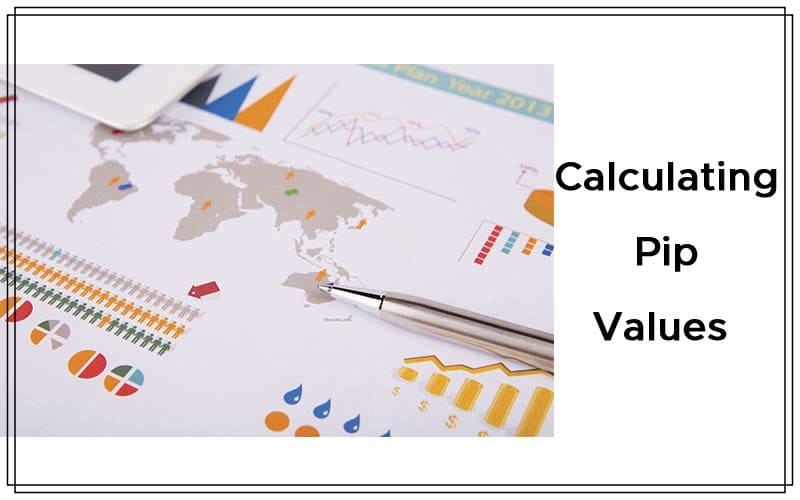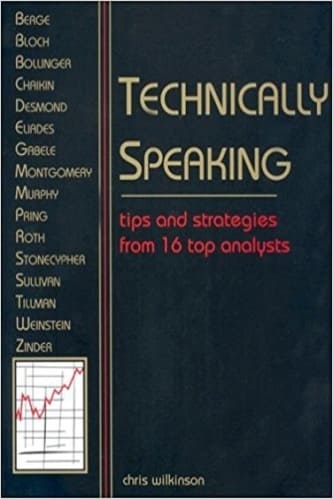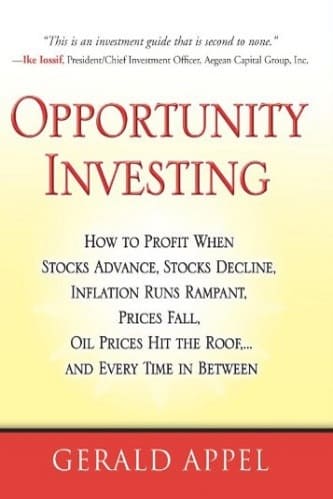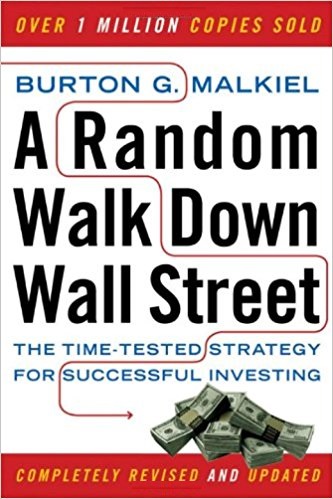Articles
Calculating Pip Values By Karl Montevirgen

Does it make a difference if your domestic currency is the first currency or second currency? It sure does, and it affects how the currency is valued. Here are some different scenarios you can encounter and how you can calculate the pip values in each of these situations. prior to opening any live positions in the FX markets, it is advisable for traders to fully understand how to calculate pip values so they know their positional risks and can determine appropriate position sizes. Because currencies are traded in pairs, for example, the EUR/USD, the pip-value calculations will differ according to a currency’s placement within the pair structure. In other words, pip value calculation will differ according to whether your domestic currency is the base currency (first currency) or quote currency (second currency).
I will go over this in more detail later. If you are trading a pair in which your domestic currency is neither the base nor quote currency, then you will have to calculate the value of one of the currencies (base or quote) and convert that to your domestic currency in order to find the pip value. You will also notice that pip values in cross currencies will change more frequently as the pair’s exchange rate fluctuates. I’ll go over some basic terminologies and calculation examples here.
Pip: A “pip”—that is, percentage in point—is the smallest increment that a currency pair can move. Most of the major currency pairs are quoted with four decimal points (for example, EUR/USD 1.3000). However, some currency pairs, such as USD/JPY (US dollar against the Japanese yen) are quoted with two decimal points, as in USD/JPY 87.00. Although many dealers offer fractional pips, I will focus on the standard pip sizes for this article. Note that the value of a pip depends on the lot size that you are trading.
Lot:
- Micro lot = 1,000 currency units
- Mini lot = 10,000 currency units
- Standard lot = 100,000 currency units
Note that I use the term “currency units” rather than units of a given currency (such as USD).
Because currencies are traded in pairs, the pip value calculations will differ according to a currency’s placement within the pair structure.
Base currency/quote currency: The base currency is the first currency in a pair; the quote currency is the second currency in a pair.
Example 1: EUR/USD—The EUR is the base currency and the USD is the quote currency. It can be read like this: If the EUR/USD rate is 1.3000, then one euro is equivalent to 1.3000 US dollars.
Suggested Books and Courses About Money Management
Example 2: USD/JPY—The USD is the base currency and the JPY is the quote currency. For USD/JPY at 87.00, one US dollar is equivalent to 87 yen.
Calculations:
Domestic currency in quote position: If the domestic currency is in the quote position, you can calculate pip values as follows: ((pip/price) x currency unit) x price = pip value in domestic currency. Note that the following example uses USD as the domestic currency with an exchange rate of EUR/USD = 1.3000:
- Step 1: 0.0001/1.3000 = 0.0000769
- Step 2: 0.0000769 x 10,000 (the currency unit or lot size) = 0.769 or 0.77 euro
- Step 3: Now we convert the euro to USD: 0.769 x 1.3000 (exchange rate or price) = $0.9997. Round up $0.9997 to $1.00.
- Result: One pip = $1.00
Domestic currency in base position: For currency pairs in which the domestic currency is the base currency, simply follow steps 1 and 2. If the domestic currency is USD and the USD/CHF is trading at 0.9179, then (pip/price) x currency unit = pip value in USD.
- Step 1: 0.0001/0.9179 = 0.0001089
- Step 2: 0.0001089 x 10,000 (currency unit or lot size) = $1.089. Round up to $1.09.
- Result: One pip = $1.09
If USD/JPY is at 87.00 (note that the one pip in USD/JPY is quoted with two decimals), then:
- Step 1: 0.01/87.00 = 0.0001149
- Step 2: 0.0001149 x 10,000 = $1.149
- Step 3: Round up $1.149 to $1.15.
- Result: One pip = $1.15
Domestic currency is neither the base nor quote currency: Here is where it gets a bit tricky. In this type of scenario, the pip value calculation will require a few more steps and the pip values will fluctuate more frequently depending on the exchange rate. If you are trading a cross currency in which the domestic currency is neither the base nor quote, then you will need to determine the value of either base or quote and then calculate that price against your domestic currency.
For example, suppose your domestic currency is USD and you are trading a mini lot of GBP/JPY at 134.44. In order to find the pip value in USD, you first need to determine the pip value in GBP by following the steps I provided earlier.
- Step 1: 0.01/134.44 = 0.0000743
- Step 2: 0.0000743 x 10,000 currency units = 0.74 GBP
- Step 3: Next, you will have to determine the value of 0.74 GBP in US dollars. In this case, GBP/USD: 1.6147. So if one GBP = 1.6147 in USD, then 0.74 x 1.6147 = 1.1948.
- Result: One pip in GBP/JPY at the current change rate = $1.19.
A month later, the GBP/JPY is trading at 143.83 while the GBP/USD is trading at 1.6077. You make the same calculation to determine the pip value.
- Step 1: 0.01/143.83 = 0.0000695
- Step 2: 0.0000695 x 10,000 currency units = 0.695 GBP
- Step 3: Convert GBP to USD: 0.695 GBP x the current exchange rate of 1.6077 and you get 1.117 (round up to 1.12)
- Result: The GBP/JPY pip value in USD is now $1.12.
Know Your Pips:
You now have a few methods to calculate pip values. One is to have the domestic currency in the base position, another is to have the domestic currency in the quote position, and the third is to cross currencies in relation to your domestic currency. To reiterate, it is important to know the pip value of your position(s) in order to get a clear measure of your risk. Hopefully, when determining your stop-loss and/or profit target distances, these calculations will make the currency equivalence of your risk/reward targets and distances transparent.
Karl Montevirgen is the head of forex operations at Global Futures Exchange And Trading Company.




